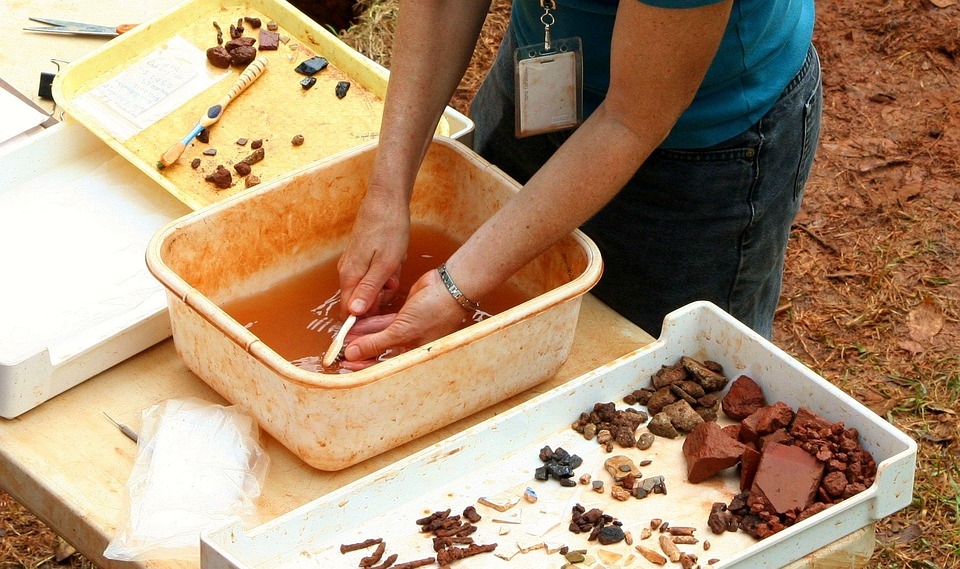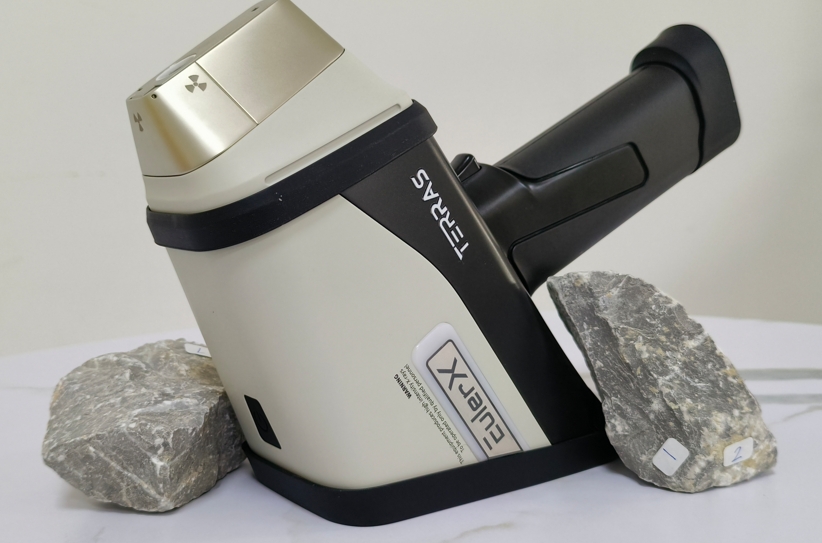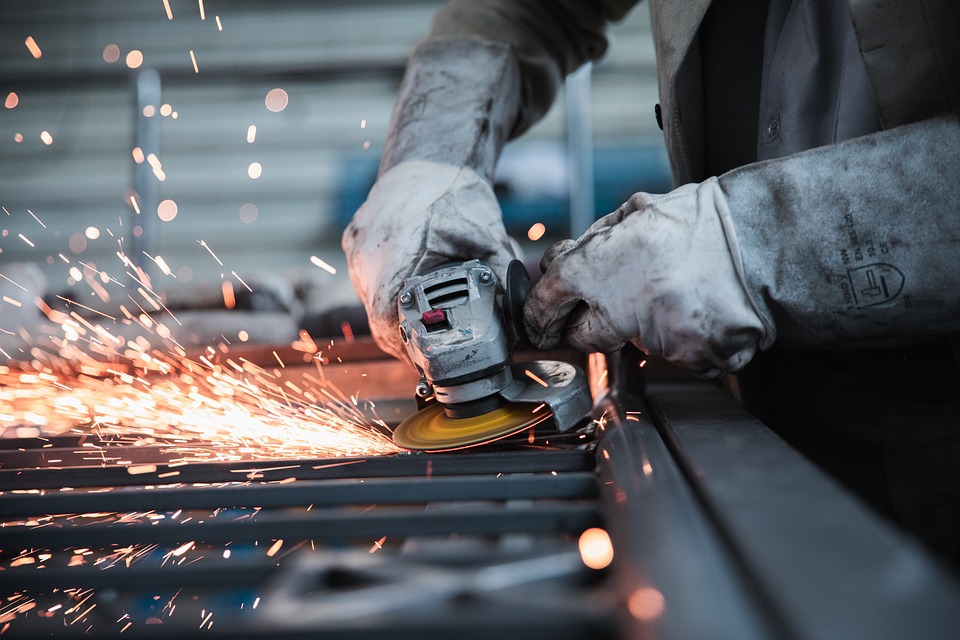
Mining
A high-tech enterprise focusing on the development and application of X-ray technology products, committed to becoming a leading supplier of X-ray industrial testing solutions.
Exploring the Benefits of Handheld X-ray Fluorescence in the Field of Archaeology
Archaeology, as a discipline, relies heavily on the ability to study and analyze artifacts from past civilizations in order to understand their cultures, technologies, and ways of life. Traditional methods of analysis, while effective, often require laboratory equipment, a significant amount of time, and careful handling of fragile materials. In recent years, the advent of portable technologies, such as handheld X-ray fluorescence (XRF) devices, has revolutionized the field, making it easier and more efficient for archaeologists to analyze materials on-site.
What is Handheld X-ray Fluorescence?
Handheld X-ray fluorescence (XRF) is a non-destructive analytical technique that allows for the identification and quantification of elements in a sample. The device works by emitting X-rays onto the material in question, which causes the atoms in the sample to emit secondary (fluorescent) X-rays. By analyzing the energy levels of these secondary X-rays, the XRF device can determine the elemental composition of the sample.

Terras EulerX500 Handheld Mining Analyzer
Benefits of Handheld X-ray Fluorescence in Archaeology
1. Non-destructive Testing
One of the most significant advantages of handheld XRF is its non-destructive nature. Archaeological artifacts, especially those that are ancient and fragile, must be handled with great care to preserve their integrity. Unlike other methods that may require taking samples or subjecting the artifact to invasive processes, handheld XRF allows archaeologists to analyze materials without causing any harm. This feature is especially crucial when studying rare or valuable objects that cannot be replaced.
2. Increased Efficiency and On-Site Analysis
Fieldwork often involves the discovery of a wide variety of materials, including metals, ceramics, pigments, and stones. In the past, analyzing these materials required sending samples to a lab, which could take weeks or even months to yield results. With handheld XRF, archaeologists can get immediate feedback on the elemental composition of their samples while still in the field. This significantly accelerates the research process and allows for more informed decision-making on-site.
3. Portable and Easy to Use
The portability of handheld XRF devices is another key benefit. These devices are compact and lightweight, which makes them ideal for use in remote or difficult-to-reach locations. Whether conducting excavations in deserts, jungles, or mountains, archaeologists can easily carry these devices in their toolkits and use them with minimal training. The ease of operation also means that field technicians or assistants, not just specialists, can use the devices effectively.
4. Elemental Analysis Across a Wide Range of Materials
Handheld XRF devices are capable of analyzing a variety of materials commonly encountered in archaeology. These include metals (such as gold, silver, copper, and iron), ceramics, glass, soil, pigments, and even stone. For example, XRF analysis can identify the alloy composition of ancient metal objects, helping to date them or trace their geographical origins. Similarly, it can reveal the chemical composition of pigments used in ancient artworks, providing insights into trade routes and technological advancements of the time.
5. Non-invasive Provenance Studies
Provenance studies, or the tracking of the origins of artifacts, have long been a key part of archaeological research. Understanding where an artifact originated can reveal information about trade networks, migration patterns, and cultural exchanges. Handheld XRF makes it easier to perform elemental analysis on materials such as ceramics and metals, allowing archaeologists to trace the origins of these materials with remarkable accuracy. For example, analyzing the composition of an ancient coin can help determine whether it was minted locally or imported from a distant region.
6. Versatility in Various Research Areas
Handheld XRF is not limited to just one branch of archaeology. It has wide-ranging applications across different research areas. In historical archaeology, it can help identify manufacturing techniques or verify the authenticity of artifacts. In prehistoric archaeology, it can offer insights into early human tool-making and material selection. Moreover, in the field of conservation, handheld XRF can be used to monitor the deterioration of materials and to plan appropriate preservation strategies.
7. Cost-Effectiveness
While laboratory-based XRF equipment can be expensive and requires specialized facilities, handheld XRF devices offer a more cost-effective solution for many archaeological projects. The lower cost of these portable devices makes them accessible to smaller research teams, independent archaeologists, and even community-based archaeology initiatives. As the technology continues to improve and become more affordable, handheld XRF is becoming an indispensable tool in archaeological research.
The EulerX 500 series from Terra Scientific marks a significant advancement in handheld XRF mining analyzers, tailored for a variety of analytical tasks within the mining sector. This device enables on-site analysis of ore samples with little to no sample preparation, shifting the assay timeline from days to mere minutes. Utilizing the fundamental parameters method, the EulerX 500 series can analyze ore samples accurately without the need for calibration standards.

Terras EulerX500 Handheld Mining Analyzer
Conclusion
Handheld X-ray fluorescence is a transformative tool in the field of archaeology. Its ability to provide immediate, non-destructive, and portable elemental analysis has greatly enhanced the efficiency and scope of archaeological fieldwork. By enabling on-site analysis, facilitating provenance studies, and expanding the range of materials that can be analyzed, handheld XRF devices have become indispensable in modern archaeological research.
Join Us
Subscribe to our email list for updates & promotions.



